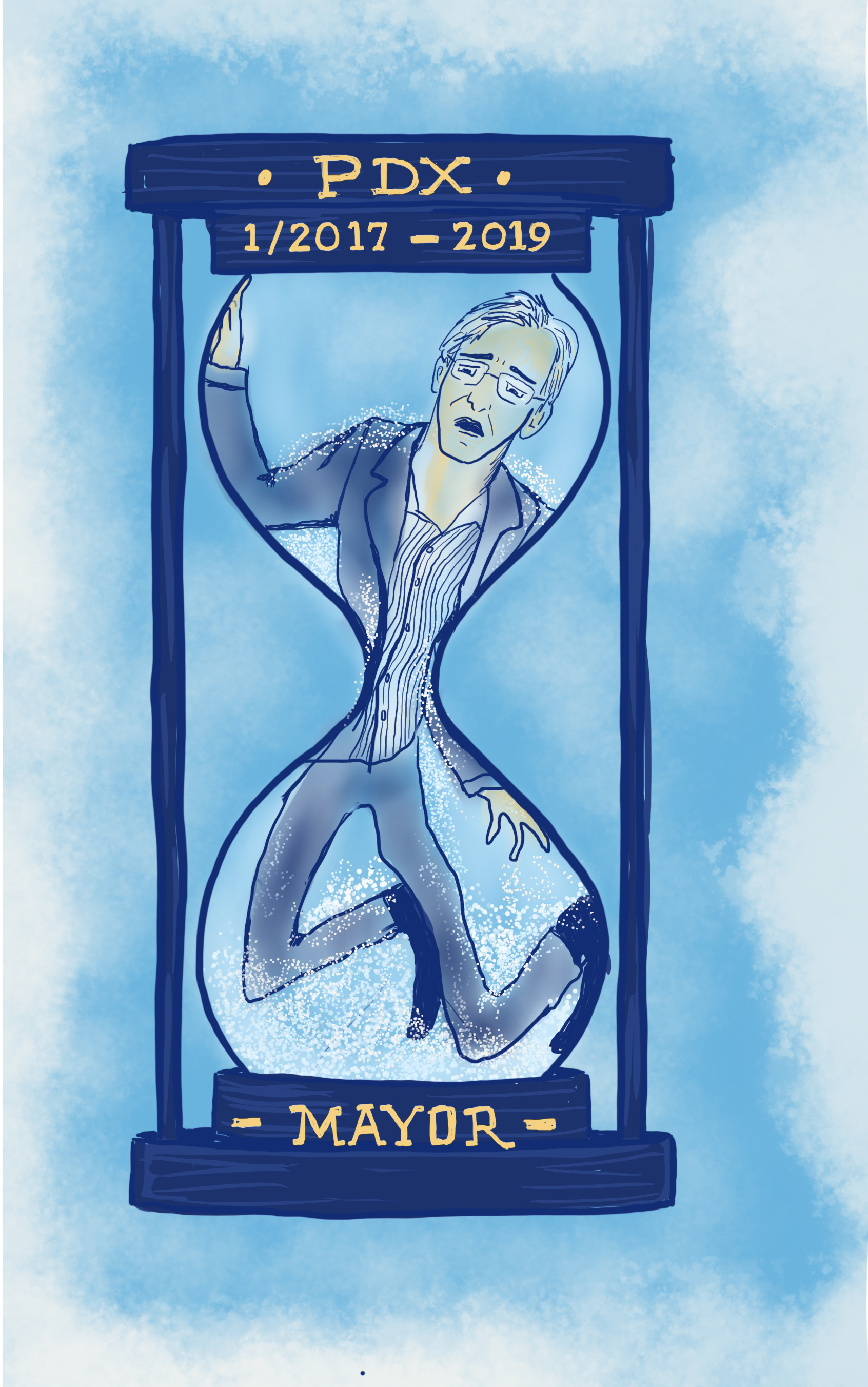An April 2018 economic forecast report published by Portland State’s Northwest Economic Research Center shows for the first time in nine years, the overall rate of economic growth in the Portland Metro Area is beginning to slow. At the same time, a recent report from the Oregon Center for Public Policy indicates Oregon has made little to no progress in addressing the problem of food insecurity.
The NERC report, “Portland [Metro Statistical Area] Economic & Population Outlook,” is the latest in a biannual series of forecasts for employment, income, housing permits and housing prices in the Portland Metro Area, which comprises Clackamas, Columbia, Multnomah, Washington and Yamhill counties in Oregon and Clark and Skamania counties in Washington. Its most recent installment finds that, while Portland’s economy continues to grow, it is beginning to show signs of slowdown after nine consecutive years of expansion.
“When economic regions reach the promised land of full employment,” wrote NERC Director Tom Potiowsky in the report’s introduction, “the ability to grow quickly is constrained by the available resources.”
The report predicts that while Portland’s housing market will continue to cool, rising rents will push residents to move further outside the city center. Meanwhile, wages will grow, helping to mitigate the effects of rising expenses.
Potiowsky emphasized that slowing growth does not necessarily signal an approaching economic downturn. “We [will] see growth continuing in the Portland [Metro Area] at a slower rate but no recession on the horizon,” he wrote. “At the very least, not in 2018.”
Even as Portland’s economy continues to expand, however, the issue of food insecurity remains prominent statewide. According to OCPP’s May 17 report, 527,000 Oregonians—or 14.6 percent of households—experienced food insecurity, meaning they did not know where their next meal would come from or went hungry, during the three-year period of 2014–2016, the most recent period of available data. As noted in the report, this number adds up to approximately the combined populations of Eugene, Salem, Beaverton and Bend.
Though rates of food insecurity in 2014–2016 had fallen by 3.9 percent compared to the previous period of 2011–2013, this decline was not statistically significant. During the same period, food insecurity fell by 11 percent nationally.
“We cannot say with confidence that food insecurity has gone down in Oregon,” stated OCPP Policy Analyst Janet Bauer in a press release. “It’s just as likely that the situation has not improved as it has marginally improved.”
Additionally, the report finds this problem is not exclusive to those living below the poverty line. In 2016, three in 10 Oregonians experiencing food insecurity had incomes that exceeded the limit to receive Supplemental Nutrition Assistance Program benefits. In Oregon, this limit is 85 percent above the federal poverty line.
“It’s clear that many working families are under severe economic pressures,” Bauer stated, “and have to make tough choices about whether to pay the rent, keep the lights on or buy food.”






